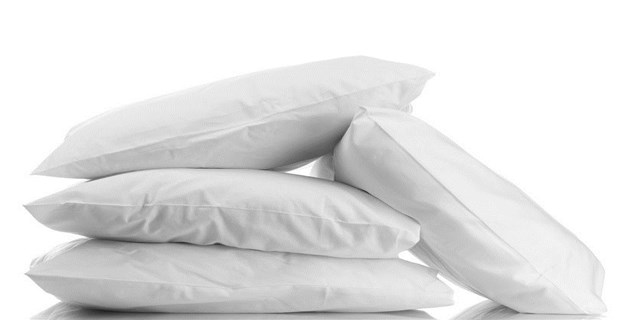Linen Types
Special Treatments For All Types Of Linens… Set aside time each week to deal with delicate and unusual items that cannot be washed in the machine. Treat household linen with care to prolong the life of individual items. Air bedding regularly to keep it in good condition.
Special Treatments Based On The Types of Linens
Types of Linens: Hand Washing
Hand wash wool, delicate fabrics, and colors that continue to run. Use warm water for handwashing, and if you use soap flakes, make sure that they are thoroughly dissolved. Do not skimp on rinsing washing machines. Rinse several times.
Colorfast Test
Using a steam iron: If you suspect that an item is not colorfast, steam iron an area between two layers of white fabric. If dye transfers onto the white, the item is not colorfast.
Delicate Fabrics
Time Saving Tip
Getting rid of suds If you have too many suds after hand washing, sprinkle them with talcum powder to make them disperse. This saves having to let water out and add more freshwater.
Types of Linens: Dry Cleaning
This is essential for fabrics that cannot take water. Use a professional dry cleaner for expensive items cheaper garments can be cleaned in a coin-operated machine. The following tips will help minimize dry cleaning.
Outdoor clothes
: Clean dirt from outdoor clothes as soon as you get home. Use an aerosol dry cleaner on coat and jacket collars and cuffs, which tend to get dirty faster than the main fabric.
Airing out clothes
: Air non-washable items before putting away. Never wear items two days in a row.
Woolen Clothes
Woolens can be distorted by machine spinning. After hand washing, roll them gently in a clean towel to remove excess water, then dry flat, shaping by hand on a dry towel.
Reshaping stretched cuffs
Dip sweater cuffs in hot water, then dry them with a hairdryer on a hot setting. For a more permanent solution, stitch two or three rows of knitted elastic loosely around the cuffs.
Bedding and Linen
Kitchen Towels
Removing the “bloom”
Washing Comforters
• Dry cleaning: Comforters are too heavy to wash in-home machines and too large to be hand washed easily. Take them to a launderette or to a professional cleaner.
• Remove marks from clothes before washing, since laundering may cause stains to set. Use prewash sprays or sticks, soak items in enzymatic detergent if the fabric is suitable.
Collars and cuffs:
Follow the method shown right to remove dirt from around collars and cuffs; alternatively, apply shampoo to these areas before washing. Using liquid or spray starch will keep collars and cuffs clean between washes.
Stocking and Caring for Laundering
Wash sheets according to the care labels. Mixed-fiber sheets do not need ironing – simply fold them when dry. Natural-fiber sheets look better if ironed.
Sheets
Storing after laundering, place white linen or cotton sheets at the bottom of the pile in the linen closet. Regular rotation and use will prevent sheets from yellowing.
Removing Dirty Marks
1. Rub a piece of damp soap or a prewash slick along the mark or stain. Make sure that the mark is well covered.
2. Use a wet toothbrush to work the soap into a lather. Rinse the area in warm water, then launder the item.
Tip: For more information on All Types of Linens, which we have discussed in general terms in this article, click on the “tags” below.






